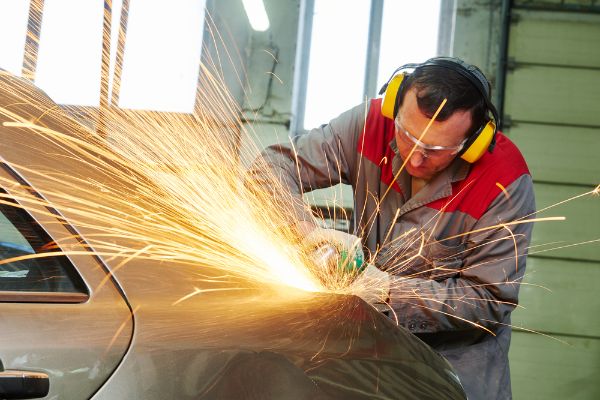When it comes to vehicle collisions, the visible damage is often just the beginning. Beneath dents and scratches lies the unibody, the structural framework that supports your vehicle’s body and maintains its safety and performance. Ignoring unibody damage can compromise everything from handling to occupant protection. Understanding how unibody issues impact your vehicle highlights why professional unibody repair is essential.
What Is Unibody Damage?
Most modern vehicles are built with unibody construction, where the frame and body are integrated into a single structure. Unlike traditional body-on-frame vehicles, the unibody distributes forces across the entire structure during impacts. Damage to this structure can reduce rigidity, affect alignment, and compromise safety systems like airbags and crumple zones.
Even small collisions can create hidden weaknesses in the unibody. What may appear as a minor dent could lead to misaligned panels, uneven weight distribution, or strain on suspension components over time. That’s why relying solely on cosmetic repairs isn’t enough; professional inspection and repair are critical.
How Unibody Damage Impacts Performance
Here are some ways unibody damage can affect your vehicle:
- Misaligned suspension and steering, making your vehicle harder to control.
- Uneven tire wear due to incorrect geometry.
- Reduced crash protection from weakened crumple zones.
- Airbag sensors may not deploy correctly in the event of a collision.
- Noise, vibration, or rattling from loose panels or misaligned components.
Ignoring these issues can lead to diminished driving comfort, unexpected mechanical problems, and increased safety risks. Proper unibody repair restores structural integrity, realigns suspension and panels, and ensures safety systems function as intended.
The Role of Professional Unibody Repair at Parsons Auto Body
Skilled technicians at Parsons Auto Body in Boulder City, NV use specialized tools, computerized measuring systems, and precise techniques to correct unibody damage. From frame straightening to panel realignment, every step ensures your vehicle meets factory safety and performance standards. Additionally, modern shops often provide paint matching and cosmetic restoration, so your vehicle looks as good as it drives.
Take Action Before Problems Escalate
Even if your vehicle appears drivable after a collision, unibody damage can worsen over time. Early inspection and repair help maintain safety, performance, and long-term reliability.
Don’t wait until minor damage becomes a major hazard; schedule a professional unibody repair today at Parsons Auto Body to keep your vehicle safe, comfortable, and road-ready.

